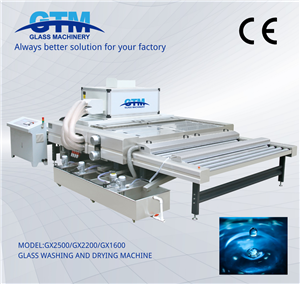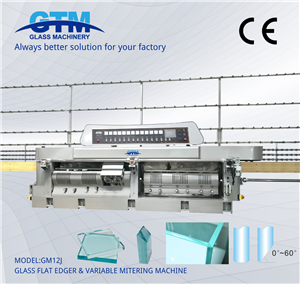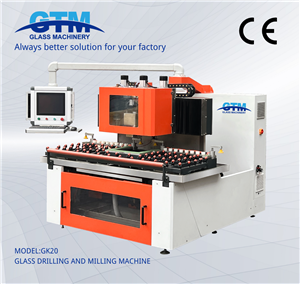how to Cleaning glass machinery
Cleaning glass machinery is an important part of maintaining efficient operation of equipment and
extending its service life. Different types of glass machinery may have different requirements and
steps when cleaning. The following are general steps and precautions for cleaning glass machinery:
#### 1. **Preparation**
1. **Stop and power off**: Before any cleaning work, make sure that the mechanical equipment has
stopped running and cut off the power supply to ensure safe operation.
2. **Prepare cleaning tools and materials**: Prepare the required cleaning tools and materials, such
as soft cloth, brush, detergent, water, compressed air, etc.
#### 2. **Surface cleaning**
1. **External cleaning**: Use a soft cloth or brush to clean the external surface of the equipment to
remove dust and dirt. For stubborn stains, an appropriate amount of detergent can be used.
2. **Internal cleaning**: Open the outer casing or protective cover of the equipment and clean the
dust and debris inside. Use compressed air to blow hard-to-reach areas, but be careful not to damage
electronic components and sensors.
#### 3. **Cleaning of key components**
1. **Cutting machines and grinders**: Remove glass debris and residue from cutting machines and
grinders. Use appropriate cleaners and brushes to ensure the cleanliness of cutting edges and grinding
wheels.
2. **Drive system**: Clean drive belts, gears and chains to remove accumulated dust and grease.
Check the wear of these parts and lubricate them if necessary.
3. **Sensors and cameras**: Use lint-free cloth and appropriate cleaners to gently wipe the sensor and
camera lenses to ensure they are clear and sensitive.
#### 4. **Use of cleaning fluids and solvents**
1. **Choose appropriate cleaners**: Choose appropriate cleaners according to the equipment material
and degree of contamination. Avoid using strong acid or strong alkaline cleaners to avoid damaging
the surface of the equipment.
2. **Solvent cleaning**: For stubborn oil and resin residues, you can use appropriate solvents for
cleaning, but make sure to clean them thoroughly after use to avoid corrosion to the equipment
caused by residual solvents.
#### 5. **Lubrication and maintenance**
1. **Lubricate moving parts**: After cleaning, add an appropriate amount of lubricating oil or grease to
the parts that need lubrication. Ensure that the transmission system and moving parts run smoothly
and reduce friction and wear.
2. **Inspection and maintenance**: During the cleaning process, check whether the various parts of
the equipment are worn, loose or damaged, and repair or replace them in time.
#### 6. **Equipment reinstallation and testing**
1. **Equipment reinstallation**: After cleaning, reinstall the housing and protective cover of the
equipment according to the requirements of the manual to ensure that all parts are firmly fixed.
2. **Test operation**: Reconnect the power supply and start the equipment for testing to ensure that
the equipment operates normally without abnormal noise or malfunction.
### Precautions
1. **Safety first**: Be sure to turn off the power before cleaning and wear appropriate protective
equipment such as gloves and goggles.
2. **Use appropriate detergent**: Choose a suitable detergent and avoid using strong acid or strong
alkali detergents that will damage the equipment.
3. **Avoid excessive cleaning**: Avoid excessive force or frequent cleaning when cleaning to avoid
damaging the precision parts of the equipment.
4. **Keep dry**: Make sure the equipment is dry after cleaning to avoid rust or electrical failure caused
by residual moisture.
### Conclusion
Regular cleaning of glass machinery can not only maintain the efficient operation of the equipment,
but also extend its service life. During the cleaning process, be sure to pay attention to safety, choose
appropriate cleaning agents and tools, and strictly follow the operating procedures. Through regular
maintenance and cleaning, you can effectively prevent equipment failures, improve production
efficiency, and ensure product quality.




